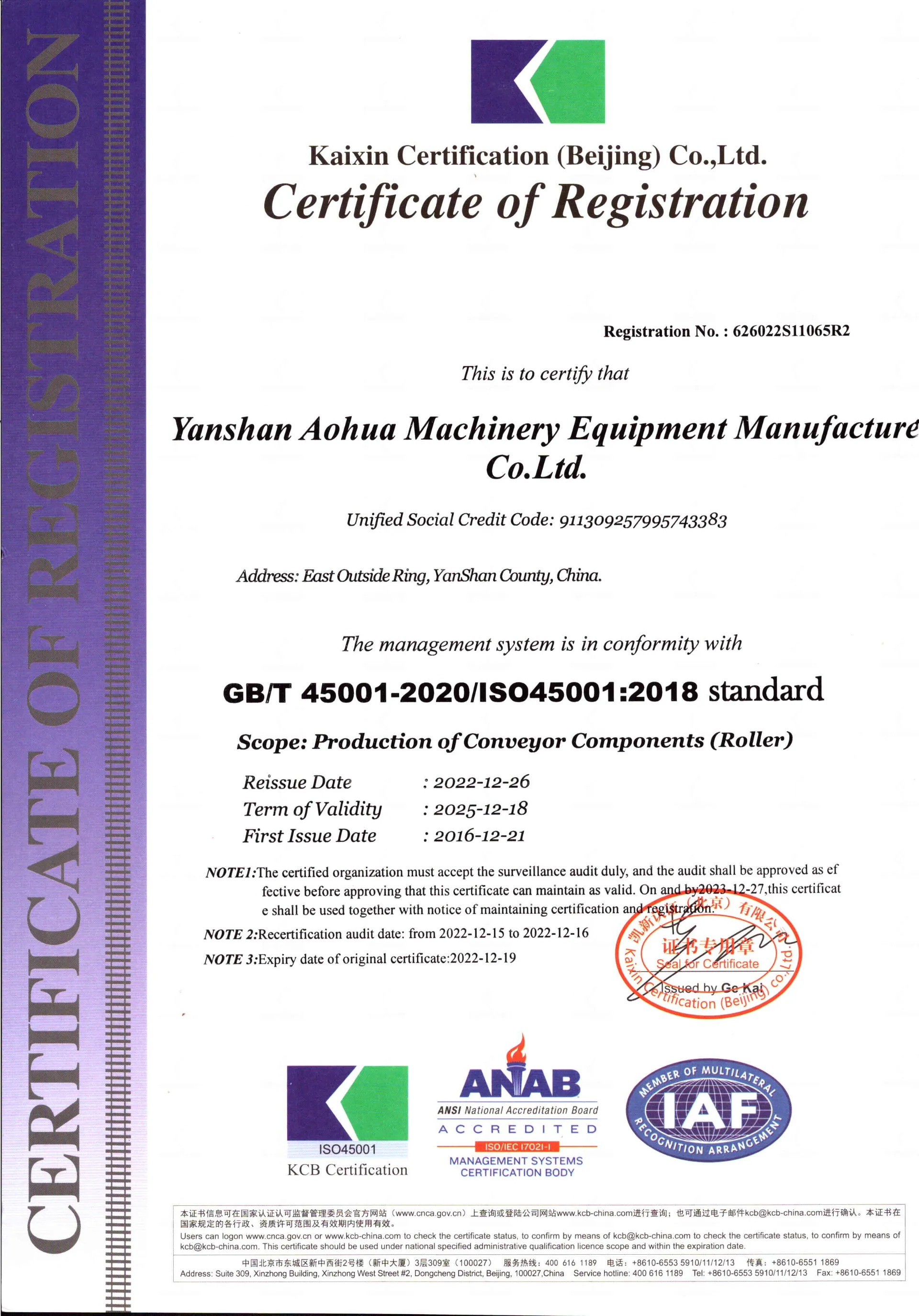 Afrikaans
Afrikaans  Albanian
Albanian  Amharic
Amharic  Arabic
Arabic  Armenian
Armenian  Azerbaijani
Azerbaijani  Basque
Basque  Belarusian
Belarusian  Bengali
Bengali  Bosnian
Bosnian  Bulgarian
Bulgarian  Catalan
Catalan  Cebuano
Cebuano  Corsican
Corsican  Croatian
Croatian  Czech
Czech  Danish
Danish  Dutch
Dutch  English
English  Esperanto
Esperanto  Estonian
Estonian  Finnish
Finnish  French
French  Frisian
Frisian  Galician
Galician  Georgian
Georgian  German
German  Greek
Greek  Gujarati
Gujarati  Haitian Creole
Haitian Creole  hausa
hausa  hawaiian
hawaiian  Hebrew
Hebrew  Hindi
Hindi  Miao
Miao  Hungarian
Hungarian  Icelandic
Icelandic  igbo
igbo  Indonesian
Indonesian  irish
irish  Italian
Italian  Japanese
Japanese  Javanese
Javanese  Kannada
Kannada  kazakh
kazakh  Khmer
Khmer  Rwandese
Rwandese  Korean
Korean  Kurdish
Kurdish  Kyrgyz
Kyrgyz  Lao
Lao  Latin
Latin  Latvian
Latvian  Lithuanian
Lithuanian  Luxembourgish
Luxembourgish  Macedonian
Macedonian  Malgashi
Malgashi  Malay
Malay  Malayalam
Malayalam  Maltese
Maltese  Maori
Maori  Marathi
Marathi  Mongolian
Mongolian  Myanmar
Myanmar  Nepali
Nepali  Norwegian
Norwegian  Norwegian
Norwegian  Occitan
Occitan  Pashto
Pashto  Persian
Persian  Polish
Polish  Portuguese
Portuguese  Punjabi
Punjabi  Romanian
Romanian  Russian
Russian  Samoan
Samoan  Scottish Gaelic
Scottish Gaelic  Serbian
Serbian  Sesotho
Sesotho  Shona
Shona  Sindhi
Sindhi  Sinhala
Sinhala  Slovak
Slovak  Slovenian
Slovenian  Somali
Somali  Spanish
Spanish  Sundanese
Sundanese  Swahili
Swahili  Swedish
Swedish  Tagalog
Tagalog  Tajik
Tajik  Tamil
Tamil  Tatar
Tatar  Telugu
Telugu  Thai
Thai  Turkish
Turkish  Turkmen
Turkmen  Ukrainian
Ukrainian  Urdu
Urdu  Uighur
Uighur  Uzbek
Uzbek  Vietnamese
Vietnamese  Welsh
Welsh  Bantu
Bantu  Yiddish
Yiddish  Yoruba
Yoruba  Zulu
Zulu types of idler in belt conveyor
Types of Idlers in Belt Conveyors
Belt conveyors are integral components in various industries, facilitating the transportation of materials over distances. A key element of these systems is the idler, which supports the weight of the conveyor belt and the materials being transported. Idlers not only assist in the movement but also play a crucial role in the overall efficiency and longevity of the conveyor system. Understanding the different types of idlers is essential for optimizing performance and ensuring reliability.
1. Flat Idlers
Flat idlers are the most common type, featuring a simple design that supports the belt in a horizontal orientation. They provide stable support across the entire width of the belt, helping to maintain consistent alignment and reduce wear. Typically, flat idlers are used in straight sections of the conveyor and are well-suited for transporting bulk materials like coal, gravel, and grains.
2. Trough Idlers
Trough idlers are designed with a shaped support, creating a “U” or trough-like formation that holds the belt in place. This design is particularly beneficial for transporting loose or bulk materials, as it prevents spillage and enhances material containment. Trough idlers can vary in angle, commonly ranging from 20 to 45 degrees, allowing for flexibility in various applications. Their robust design contributes to improved handling of materials and greater operational stability.
types of idler in belt conveyor

Impact idlers are specifically engineered for use at loading points where materials are dropped onto the conveyor. These idlers are equipped with shock-absorbing features to minimize the effects of heavy material impact, thus protecting the belt and supporting structure. By distributing the load more evenly, impact idlers help to reduce wear and tear, prolonging the life of the conveyor system.
4. Return Idlers
Return idlers support the belt’s return section, located underneath the conveyor. Their primary function is to ensure the belt is stable and aligned while it returns to the loading point. Return idlers help maintain the entire system's balance and prevent the belt from sagging, which could lead to misalignment or damage.
5. Self-Aligning Idlers
Self-aligning idlers are particularly useful in preventing belt misalignment, which can lead to substantial downtime and increased maintenance costs. These idlers are designed with a pivoting mechanism that allows them to adjust their angle based on the belt's position. As the belt moves, self-aligning idlers assist in correcting any deviation, ensuring smooth operation and reducing the likelihood of wear on the edges of the belt.
Conclusion
The selection of idlers is crucial for the efficiency and effectiveness of belt conveyors. Each type of idler offers specific advantages tailored to different conveyor applications. By understanding their functionality, industries can optimize their conveyor systems, ensuring improved material handling, reduced maintenance costs, and extended operational life. Investing in the right type of idlers ultimately leads to a more productive and reliable material transport system.
-
Revolutionizing Conveyor Reliability with Advanced Rubber Lagging PulleysNewsJul.22,2025
-
Powering Precision and Durability with Expert Manufacturers of Conveyor ComponentsNewsJul.22,2025
-
Optimizing Conveyor Systems with Advanced Conveyor AccessoriesNewsJul.22,2025
-
Maximize Conveyor Efficiency with Quality Conveyor Idler PulleysNewsJul.22,2025
-
Future-Proof Your Conveyor System with High-Performance Polyurethane RollerNewsJul.22,2025
-
Driving Efficiency Forward with Quality Idlers and RollersNewsJul.22,2025





























